First branch of Chinese Archaeological Museum inaugurated in Pingtan
en.ptnet.cn | Updated:2025-04-11 | Lin Kongbo, Stephanie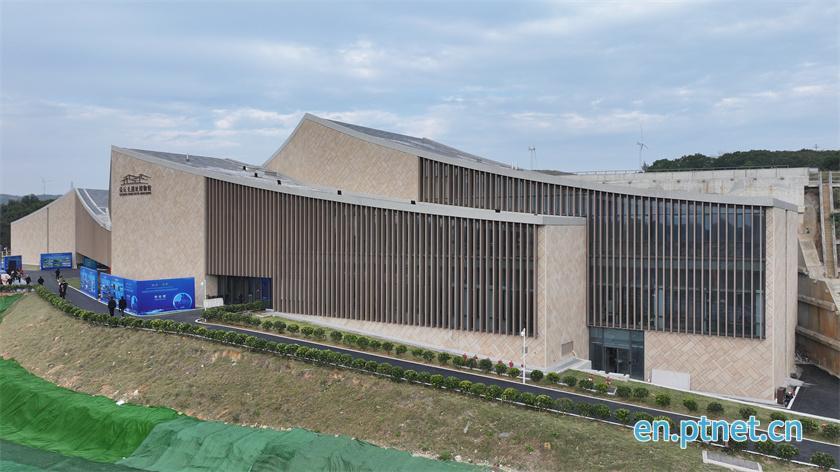
On April 9, the Keqiutou branch of the Chinese Archaeological Museum was unveiled in Pingtan, Fujian, marking a significant milestone as the museum's first branch. The facility, sprawling across 13,500 square meters with 3,800 square meters dedicated to exhibitions, is set to become a key player in China's archaeological research and cultural preservation.
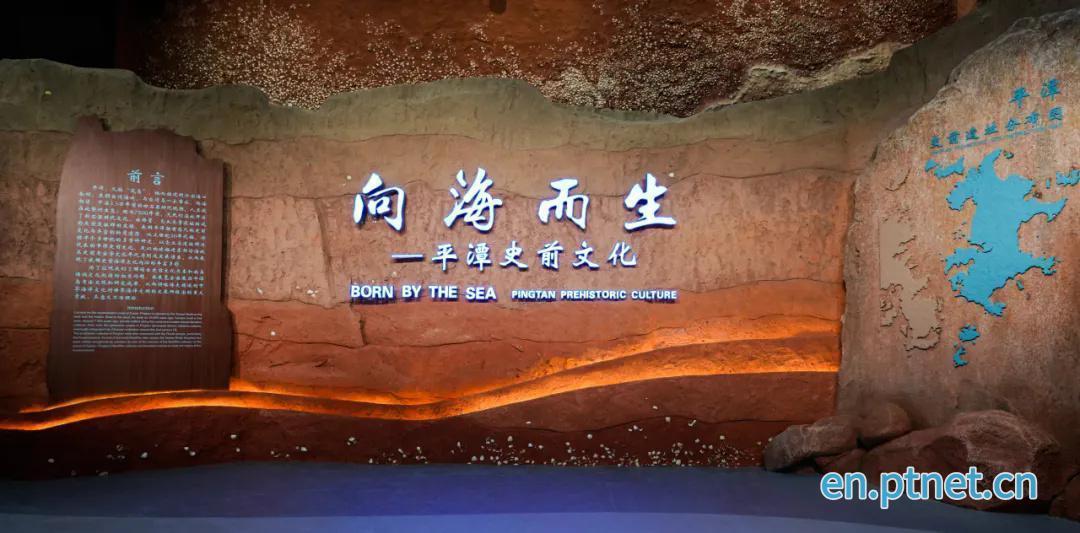
The branch offers visitors a comprehensive journey through three dedicated galleries. The centerpiece of the museum's displays is the Keqiutou archaeological site, where groundbreaking discoveries have been made, shedding light on the early cultural connections between the islands of the Taiwan Straits. The museum also highlights the fascinating history of the Austronesian language family and its cultural significance in the region.
Situated along China's southeastern coast, Pingtan is home to the Keqiutou site, a remarkable archaeological discovery that was named one of the "Top Ten New Archaeological Discoveries" in 2023. The findings from this site have helped to establish a timeline for the southeastern coastal islands of China, spanning from 7,500 to 3,000 years ago. One of the most important sites is Xiying, which dates back 7,300 to 6,500 years and represents the earliest Neolithic remains found on Pingtan Island. Additionally, the Keqiutou site, dating from 6,500 to 5,000 years ago, bears remarkable similarities to Taiwan's Dapenkeng culture, illustrating the cultural ties between the two regions during the Neolithic era. The exhibits also delve into the Donghuaqiu site, a key Neolithic site from approximately 4,000 to 3,500 years ago, as well as the Guishan site, which dates from around 4,000 to 3,200 years ago.
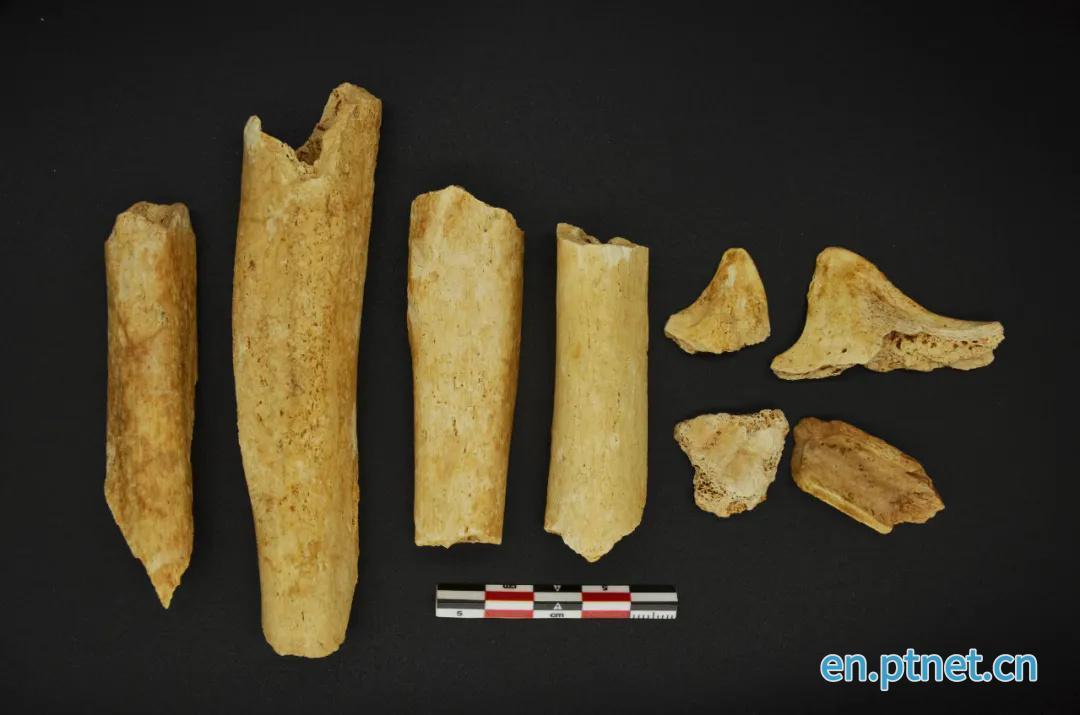
Human bones unearthed from the Xiying site
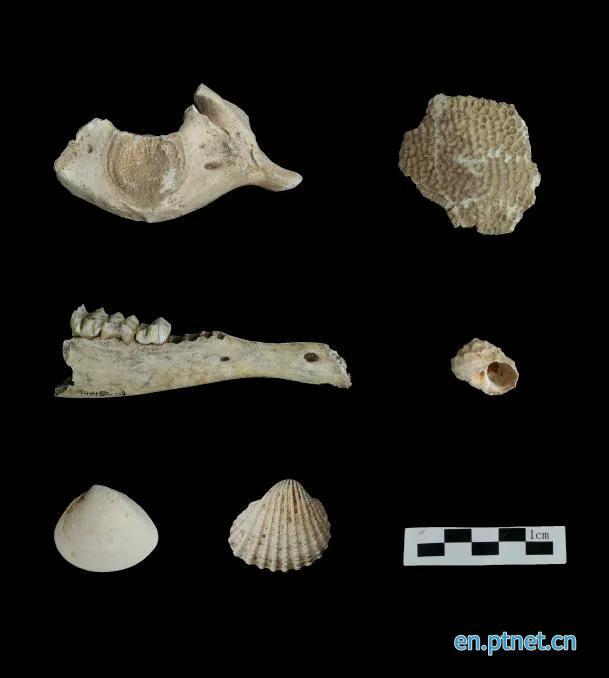
Representative faunal remains
Among the site's significant discoveries are human remains and teeth from Xiying, dated to about 7,300 years ago. The findings point to a close genetic relationship between Pingtan's prehistoric populations and groups from southern China and Southeast Asia. Additionally, traces of rice and millet found on pottery shards provide evidence of early agricultural practices, offering a rare glimpse into the lifestyle of prehistoric island inhabitants.
"The spread of rice and millet cultivation to Taiwan between 4,800 and 4,600 years ago further supports the expansion of Austronesian-speaking communities," noted an expert on the topic.
The Austronesian language family is a linguistic concept referring to the group of people who speak languages within the Austronesian family. This language family includes over 1,200 languages, with a distribution that spans from Taiwan and Hawaii in the north, to New Zealand in the south, Madagascar to the west, and Easter Island in the east. Currently, there are approximately 400 million people worldwide who speak Austronesian languages. Scholars generally believe that the southeastern coastal region of China was one of the key areas where the early Austronesian-speaking populations formed and began to expand. Driven by complex factors, these ancient populations sailed across the seas along various routes, ultimately spreading further into the Pacific islands. In recent years, the archaeological discoveries at the Keqiutou sites in Pingtan have provided solid archaeological evidence for studying the characteristics and migration patterns of early Austronesian-speaking populations.
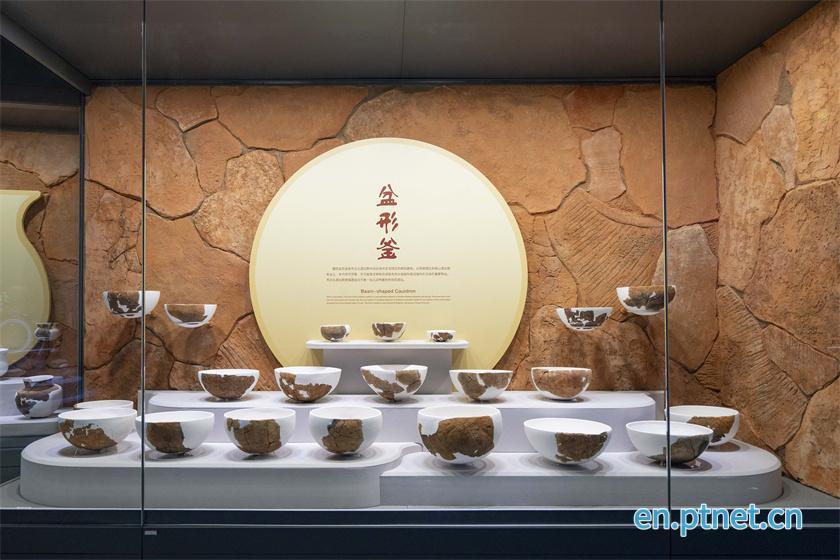
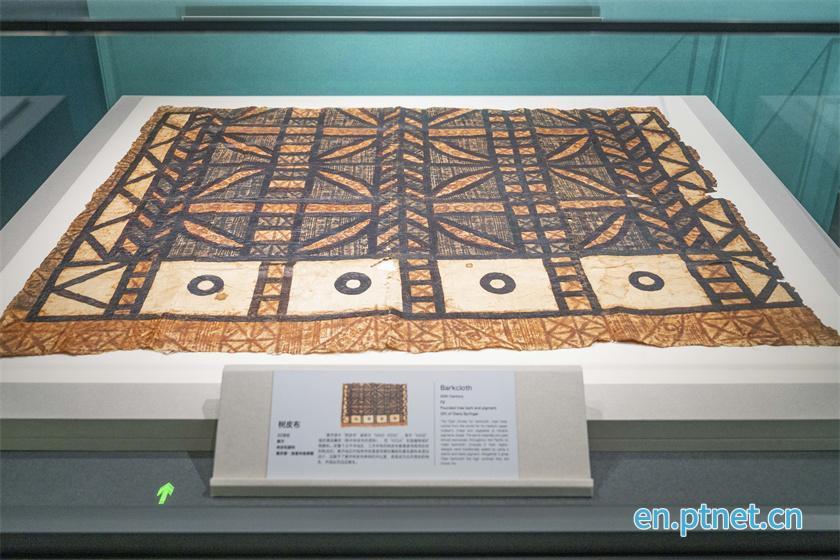
The museum also showcases over 600 artifacts from the Keqiutou site and other Austronesian cultures, presenting a broad view of the interconnected history of Chinese civilization and its early development.
Liu Guoxiang, director of the Chinese Archaeological Museum, commented, "As the nation's first national-level archaeological museum under the Chinese Academy of History, the Chinese Archaeological Museum plays a vital role in showcasing the depth and richness of China's cultural heritage. The opening of the Keqiutou branch will facilitate closer collaboration between local and national resources and promote cross-border research on Austronesian cultures."

